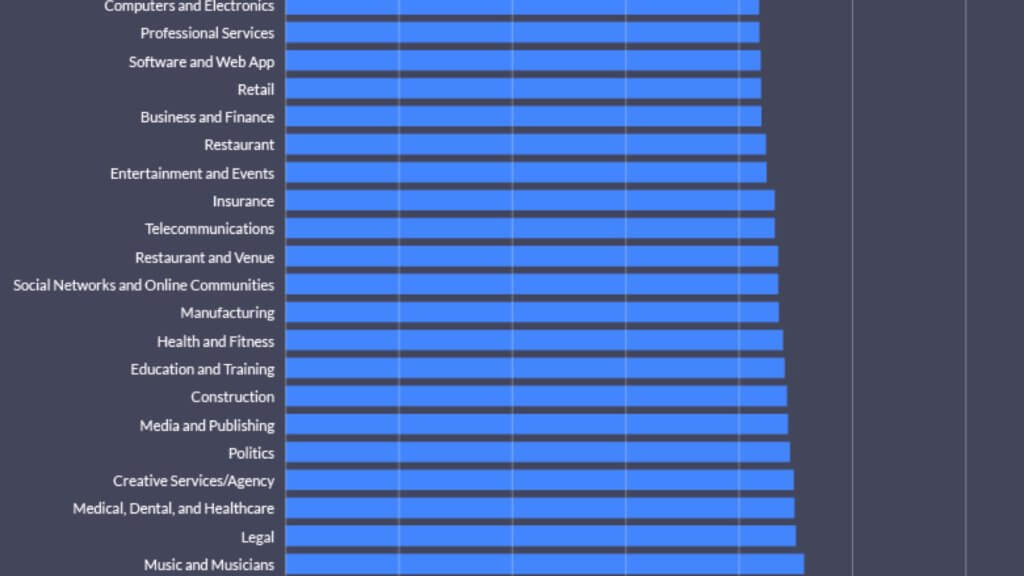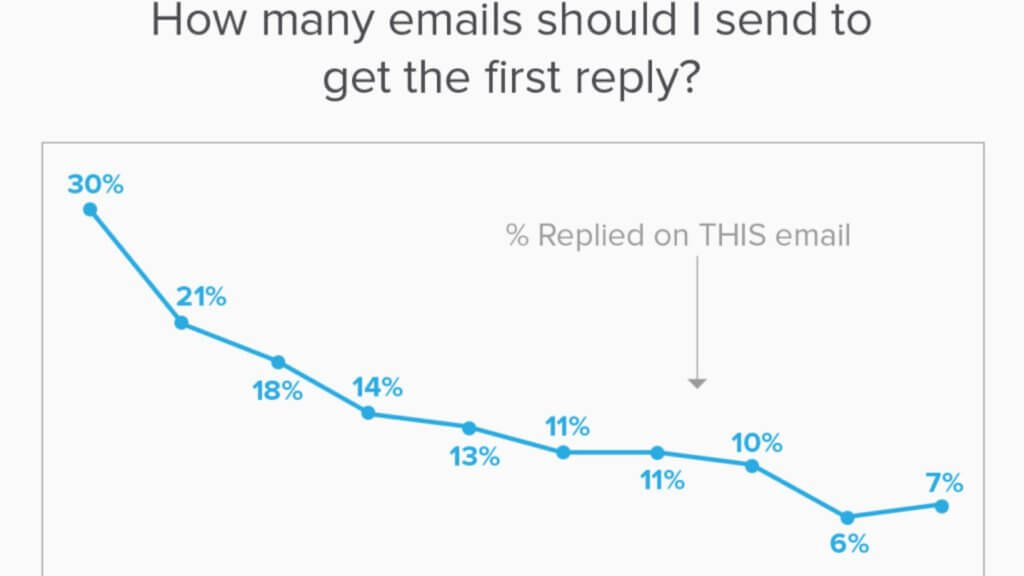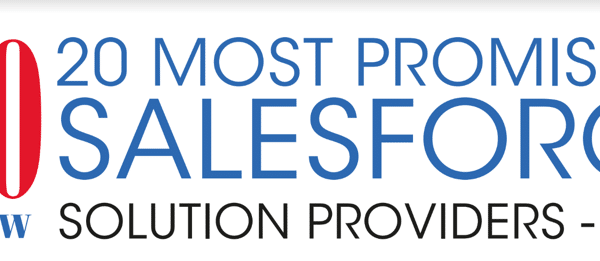It’s good business advice to shoot for the stars. We’re so quick to sell ourselves short in everything we do. Go after the big fish. And in the business world, the “big fish” have a name:The Fortune 500.The name alone can strike fear into entrepreneurs and seasoned pros alike. Reaching out and trying to land one is playing in the big leagues. It feels like skydiving without a parachute.
The Fortune 500 represents the most profitable companies in the United States. In 2017, the top 10 included the likes of Walmart, Apple, AT&T, CVS Health, and Berkshire Hathaway. The 500 represented two-thirds of America’s GDP, $12 trillion in revenue, and $890 billion in profits. And then there’s the Fortune Global 500, too ($27.7 trillion in revenue, $1.5 trillion in profit).
Scared? Don’t be. They need assistance, tools, support, and more just like everyone else. If you have a service or product that can simplify and improve something for them, they want to speak with you.
You ready to go big or go home? Here’s how to set yourself up for success.
Your Best Bet: Cold Email
Sounds counterintuitive, doesn’t it? But cold email is the most effective way to get your foot in that proverbial door and reach the decision-makers. We all use email. We send and receive billions of emails every day. It’s the great communication equalizer.
- Average open rates range from around 15% to 28%, depending on the industry.
Average click-through rates range from 1.25% to 5.13%, depending on the industry.
With some basic personalization and A/B testing, one experiment involving Fortune 500 executives managed an impressive 45.5% open rate. That’s 1.6x better than the high-end average.
Knowing that, here’s the insider secret sauce that’s going to separate you from all the other cold emailers: if Employee A is the woman you need to speak to about your SaaS, you don’t email her directly.

The Trickle-Down Introduction
Quick question: are you more likely to open a cold email from a complete stranger, or one that comes with an introduction or referral from a colleague?
If you need to speak to Employee A, you begin by emailing someone one or two spots above her in the corporate hierarchy.
Why? Because if you’ve written a compelling subject line, it will likely get opened. And if you’ve written a brief, personalized email, you may get a response. And that response will typically be something like “You need to talk to Employee A about this.”
Digital intro.
You can now write Employee A – your original target – and tell her that Employee B (her boss or supervisor) asked you to contact her. That gives you instant credibility, and her a powerful reason to trust and reply.
You can find the names of those up the corporate ladder with a little research. A service like Zoominfo makes it easy. If you have names but no email addresses, try Voila Norbert.
Craft a killer cold email, mention the referral, and send.
The Three Fs of Cold Email
Follow-up, follow-up, follow-up.
Even with a referral from someone at the company, you might not get a reply.
A full 70% of unanswered email chains stop after the first one, while 21% of those that continue see a reply after the second one. In fact, senders see replies on up to the tenth email sent. It pays to follow up.
While there’s no concrete rule about how often to send your follow-ups, wait at least a few days between them. Explain why you’re writing. Give them an easy-to-agree-to CTA. Keep them short and to the point.

Stick to cold email best practices.
Do some research.
Personalize your text.
A/B test whenever possible.
Use the trickle-down intro technique.
Follow-up, follow-up, follow-up.
Do that, and cold email becomes your hottest lead gen and sales machine.
Have you been able to connect with executives at Fortune 500s? Let us know what worked for you in the comments below:
Written by Sujan Patel
Sujan Patel is the co-founder of Web Profits




